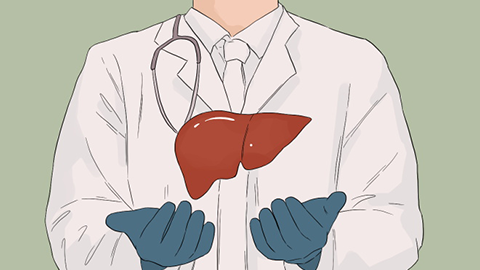What is liver atrophy?
In general, liver atrophy is a pathological condition characterized by reduced liver volume and impaired function. It is usually caused by long-term effects of chronic liver diseases, vascular abnormalities, and other factors, requiring timely intervention based on the underlying cause to prevent disease progression. A detailed analysis is as follows:
Common causes include chronic viral hepatitis, alcoholic liver disease, and fatty liver disease. Prolonged damage from these conditions leads to extensive hepatocyte necrosis and fibrous tissue proliferation, gradually resulting in decreased liver size. Additionally, hepatic vascular disorders such as hepatic artery stenosis or portal vein thrombosis can impair blood supply to the liver, causing hepatocytes to atrophy due to ischemia and hypoxia, thereby affecting normal liver function.

In daily life, it is important to protect the liver by avoiding long-term heavy alcohol consumption and reducing intake of high-fat and high-sugar foods to decrease metabolic burden on the liver. Regular liver function tests and abdominal ultrasound examinations are also recommended to detect early liver abnormalities, providing a basis for timely intervention and treatment to maintain liver health.







